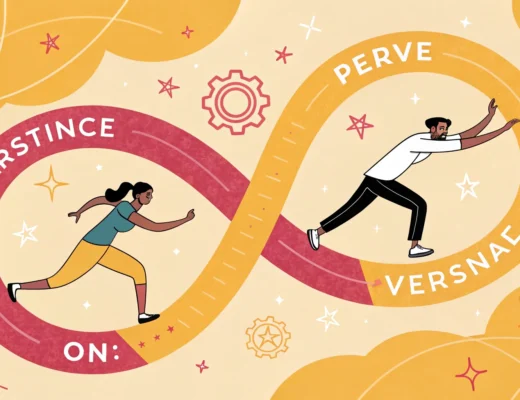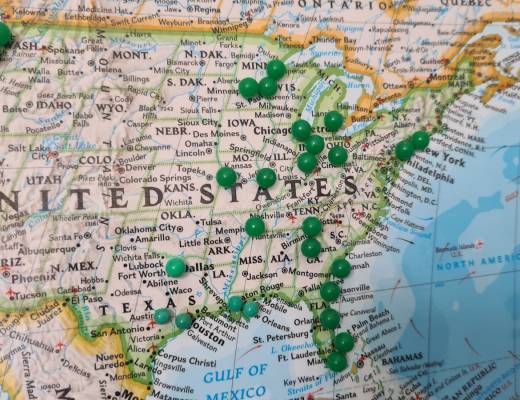The Challenge That Seemed Beyond Human
As they described this event, each detail sounded more outrageous than the last:- Starting at the base of a ski resort and running to the very top in the first five miles
- Traversing the Sierra Nevada mountains through extreme temperature changes
- Crossing a river in the middle of the night
- Eating while running continuously
- Using only a headlamp to navigate through the darkness
View this post on Instagram
The Moment Everything Changed
Then came the words that would change my perspective forever: “Hey, buddy. You qualified as well.” Those simple words hit me like a lightning bolt. In my state of complete physical breakdown, I couldn’t imagine going any further. Yet here I was, being told that what I had just accomplished – this thing that had pushed me to my absolute limit – was merely a qualifying event for something twice as demanding. This moment taught me something profound about human potential. We often set artificial limits on what we believe is possible. We draw lines and tell ourselves, “This far, but no further.” Yet those lines are rarely based on our actual capabilities. The truth is that our bodies and minds can adapt to challenges far beyond what we initially believe possible. The runners who had completed the 50-mile event alongside me weren’t superhuman – they were simply people who had trained their bodies and minds to accept a different definition of “possible.Redefining Our Limits
This experience made me question where else in my life I might be setting artificial limits. In business, in relationships, in personal growth – how often do we decide something is “too hard” or “impossible” without truly testing our limits? What I’ve learned since that day is that growth happens at the edge of comfort. The moments when we feel completely spent are often just the beginning of discovering what we’re truly capable of. This doesn’t mean we should push ourselves to the point of physical breakdown or burnout. Instead, it means we should approach our perceived limits with curiosity instead of fear. What if that wall you’ve hit isn’t the end, but merely a qualifying event for what comes next?The most limiting factor in human achievement isn’t our physical capabilities, but our mental conception of what’s possible.I never expected to learn one of life’s most profound lessons while wrapped in a space blanket, unable to hold soup. But sometimes wisdom finds us in our most vulnerable moments, when we’re too exhausted to maintain our usual barriers and beliefs. So the next time you reach what feels like your absolute limit, remember: you might have just qualified for something even greater.
Frequently Asked Questions
Q: What is the Western States 100 Mile Endurance Ride?
The Western States 100 is one of the most prestigious ultramarathons in the world. It’s a 100-mile trail race that starts at the base of a ski resort, climbs to the summit, and continues through the Sierra Nevada mountains. Participants must complete the course within 24 hours, facing extreme temperature changes, challenging terrain, and a river crossing in the dark.
Q: How do you qualify for an ultramarathon like Western States?
Typically, you qualify by completing another endurance event of significant distance and difficulty. In my case, finishing the 50-mile event served as a qualification. Different ultramarathons have different qualifying standards, often requiring completion of races of specific distances within certain time limits.
Q: How do runners manage to eat during these long-distance events?
Ultramarathon runners eat while moving, consuming portable, high-energy foods and drinks. They might slow to a walk temporarily, but rarely stop completely. Aid stations along the route provide nutrition, but experienced runners also carry supplies. The body needs constant fuel during these extreme endurance events to prevent bonking (running out of energy).
Q: What mental strategies help people push past their perceived limits?
Successful ultrarunners often break the enormous challenge into smaller, manageable segments — focusing on reaching the next aid station rather than the finish line. They also practice positive self-talk, visualization, and mindfulness techniques. Many report entering a meditative state where they focus solely on the present moment rather than the daunting total distance.
Q: Is pushing your body to these extremes healthy?
There’s an ongoing debate about this in the medical community. While ultramarathons can cause temporary stress on the body, many runners who train properly report improved cardiovascular health, mental resilience, and overall fitness. The key is proper training, nutrition, recovery, and listening to your body. These events aren’t for everyone, and participants should always consult with healthcare providers before attempting such extreme challenges.







